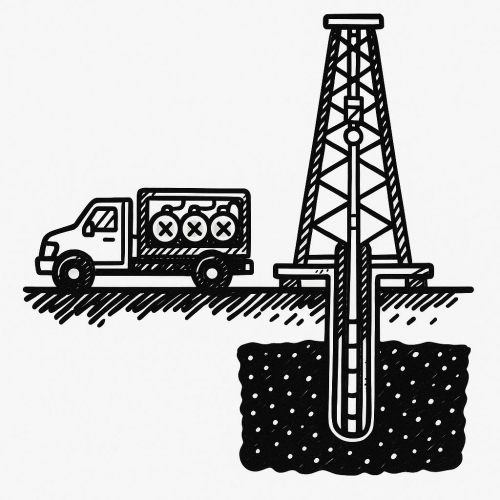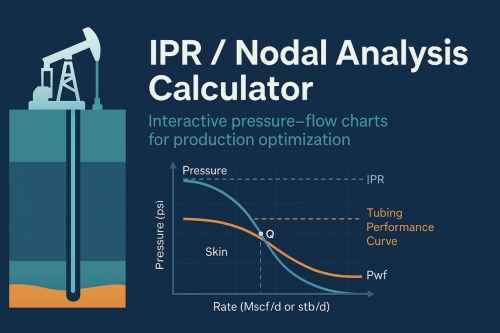Oil and gas reservoirs are intricate geological formations that hold immense significance as primary sources of energy. These reservoirs, formed over geological time scales, come in a variety of types, each with its unique characteristics, extraction challenges, and economic implications. In this comprehensive article, we delve into the intricacies of the main types of oil and gas reservoirs.
1. Conventional Reservoirs
Conventional reservoirs are the quintessential sources of oil and gas production. They are typically found in sedimentary rock formations that possess substantial porosity and permeability. The porous nature of these reservoir rocks allows them to store and transmit hydrocarbons effectively. Conventional reservoirs are characterized by their well-defined structural traps and cap rocks that prevent the upward migration of hydrocarbons.
The process of oil and gas accumulation in conventional reservoirs begins with the burial of organic materials, such as plankton and algae, which transform into hydrocarbons under high temperature and pressure. The hydrocarbons migrate through permeable rock layers until they are trapped beneath impermeable formations. Extracting hydrocarbons from these reservoirs involves drilling wells into the trapped pockets of oil and gas, which then flow to the surface due to the pressure difference.
2. Unconventional Reservoirs
Unconventional reservoirs have gained increasing importance in recent years as technological advancements have enabled their exploitation. These reservoirs are characterized by low permeability, making the extraction process significantly more challenging than that of conventional reservoirs. Key types of unconventional reservoirs include:
A. Shale Gas and Oil Reservoirs
Shale reservoirs consist of fine-grained sedimentary rock rich in organic matter. The hydrocarbons are trapped within the rock matrix, and their extraction involves hydraulic fracturing, or "fracking." During fracking, a fluid mixture is injected into the rock at high pressure, creating fractures that release the hydrocarbons. The fractures are then held open by proppants, allowing gas and oil to flow.
B. Tight Gas and Oil Reservoirs
Tight reservoirs are characterized by low permeability due to the rock's small pore size. These reservoirs demand advanced drilling techniques and often require hydraulic fracturing to enhance permeability. They are usually composed of sandstone or limestone and have trapped hydrocarbons that necessitate the use of horizontal drilling to maximize production.
C. Coalbed Methane Reservoirs
Coalbed methane is stored within coal seams and is released as pressure within the coal decreases. To extract coalbed methane, wells are drilled into the coal seam, and water is pumped out to reduce pressure, enabling the gas to desorb from the coal and flow to the wellbore.
3. Offshore Reservoirs
Offshore oil and gas reservoirs are located beneath the seabed and present unique challenges due to their underwater location. These reservoirs can be either conventional or unconventional and require specialized technologies for exploration and production. Offshore drilling platforms, including fixed platforms, floating production systems, and subsea systems, are used to access and extract hydrocarbons from these reservoirs.
4. Enhanced Oil Recovery (EOR) Reservoirs
Enhanced Oil Recovery (EOR) methods are employed to extract additional hydrocarbons from reservoirs after primary and secondary recovery methods have been exhausted. These methods involve altering the properties of the reservoir or the hydrocarbons to enhance their flow characteristics. Common EOR techniques include injecting gases (such as carbon dioxide), chemicals, or steam into the reservoir. These injections help displace the oil and reduce its viscosity, making it easier to extract.
In conclusion, oil and gas reservoirs encompass a spectrum of types, each contributing to the diverse landscape of energy production. Conventional reservoirs offer readily accessible hydrocarbons, while unconventional reservoirs challenge industry norms with innovative extraction techniques. Offshore reservoirs and EOR methods underscore the evolving nature of oil and gas exploration and the technological advancements driving the industry forward. As global energy demands continue to grow, a comprehensive understanding of these reservoir types is vital for optimizing energy extraction while ensuring environmental sustainability.

%20(1).png)



